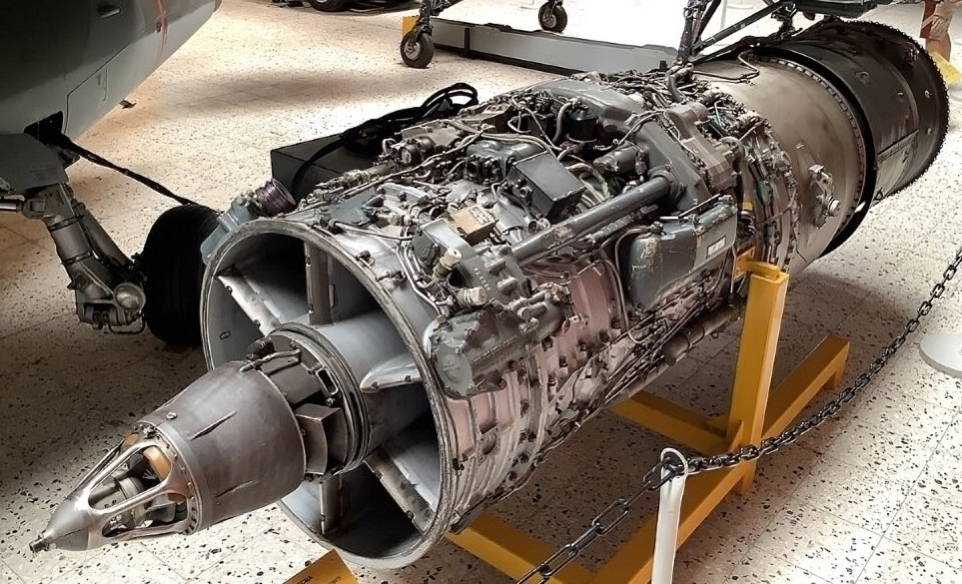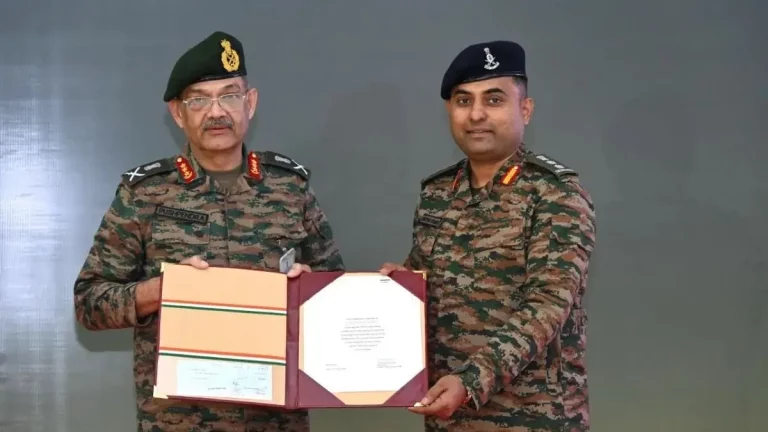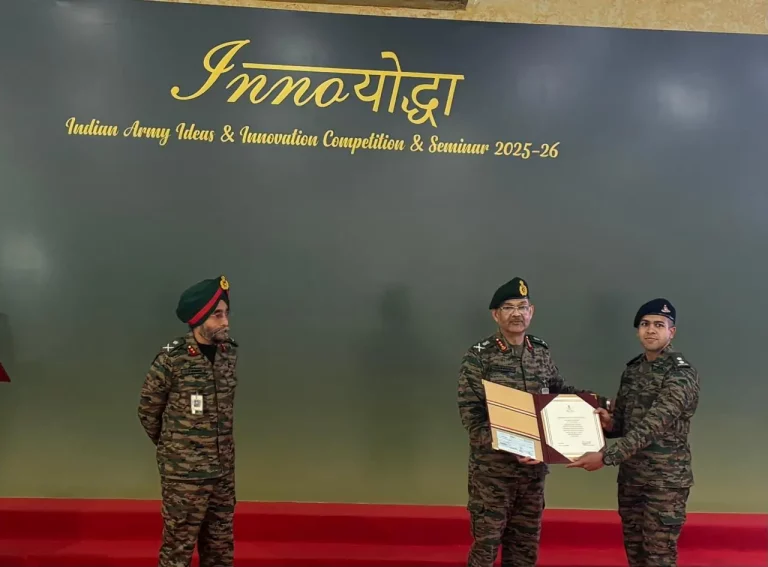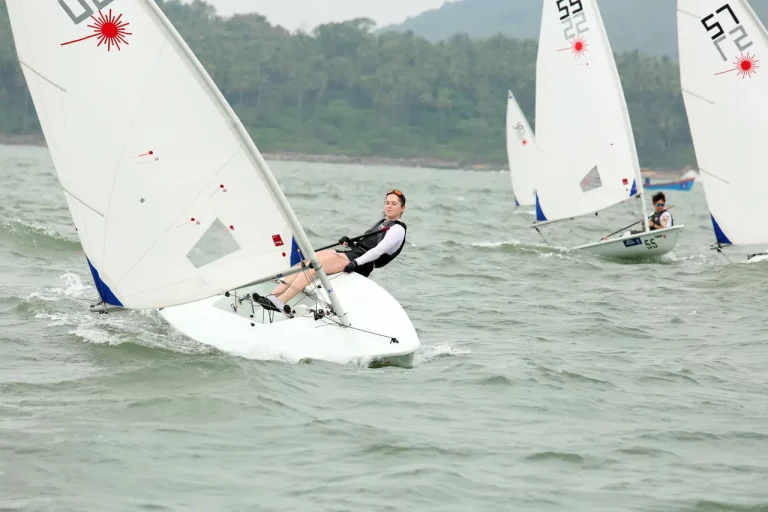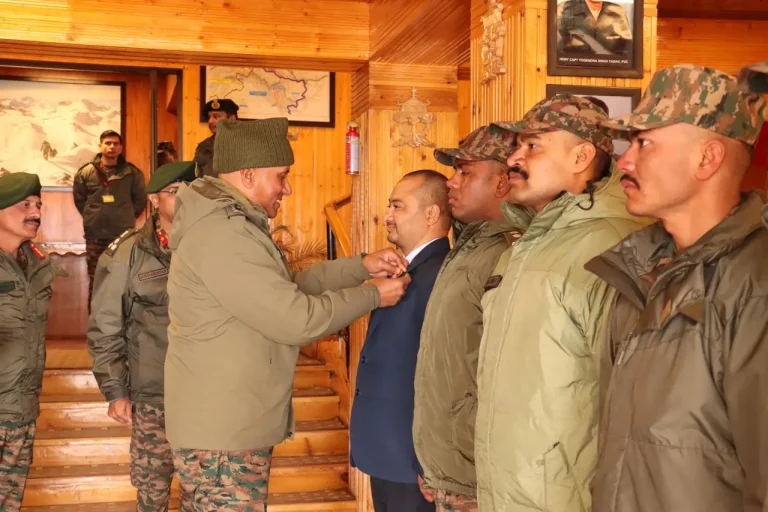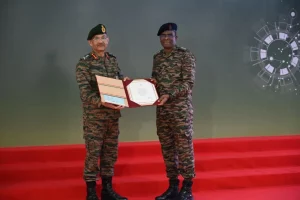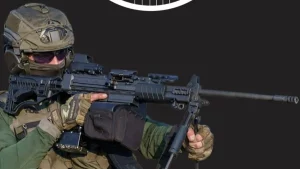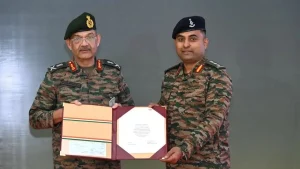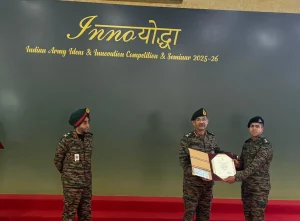A new controversy has emerged between India and Pakistan regarding the identification of aircraft wreckage found in a forested area of Indian-administered territory, escalating diplomatic and military tensions between the two nations. The issue was ignited by a viral video that purportedly shows parts of an Indian Su-30MKI fighter jet, alleged to have been shot down by Pakistani forces during recent confrontations along the Line of Control (LoC).
However, defense analysts and aviation specialists have cast doubt on this claim, analyzing the video and noting key technical differences in the wreckage. Most importantly, experts highlight that the engine visible in the debris correlates with the SNECMA ATAR 9 turbojet, which is utilized in Pakistan’s Mirage III and Mirage 5 aircraft. This contrasts sharply with the AL-31FP turbofan engine that powers India’s Su-30MKI fleet, suggesting that the wreckage more likely belongs to a Pakistani Mirage, possibly downed during India’s Operation Sindoor on May 7.
While Indian officials have yet to issue any formal statements regarding the wreckage’s origin, the presence of Indian soldiers securing the area, as depicted in the video, confirms that the debris is indeed located within Indian territory. This has led to further speculation that the aircraft could have been shot down in one of the recent aerial engagements or by Indian air defense systems amid heightened cross-border skirmishes.
The situation has ignited intense debates online and among military analysts, with each side accusing the other of spreading misinformation. The lack of official communication from either government has only deepened the uncertainty, providing fertile ground for speculation in a region known for its mutual distrust.
This incident highlights the complicated nature of contemporary warfare, particularly the necessity for independent verification in conflict zones. Historical aerial confrontations between India and Pakistan have often been plagued by conflicting narratives and propaganda, underscoring the critical need for transparent investigations and accountability.
As tensions remain high, there are increasing calls for both nations to clarify the circumstances surrounding the incident to avert further escalation driven by unsubstantiated claims. The true identity of the wreckage, along with the circumstances leading to its downfall, remains pivotal questions in an already precarious situation, leaving both countries and the international community on alert.
